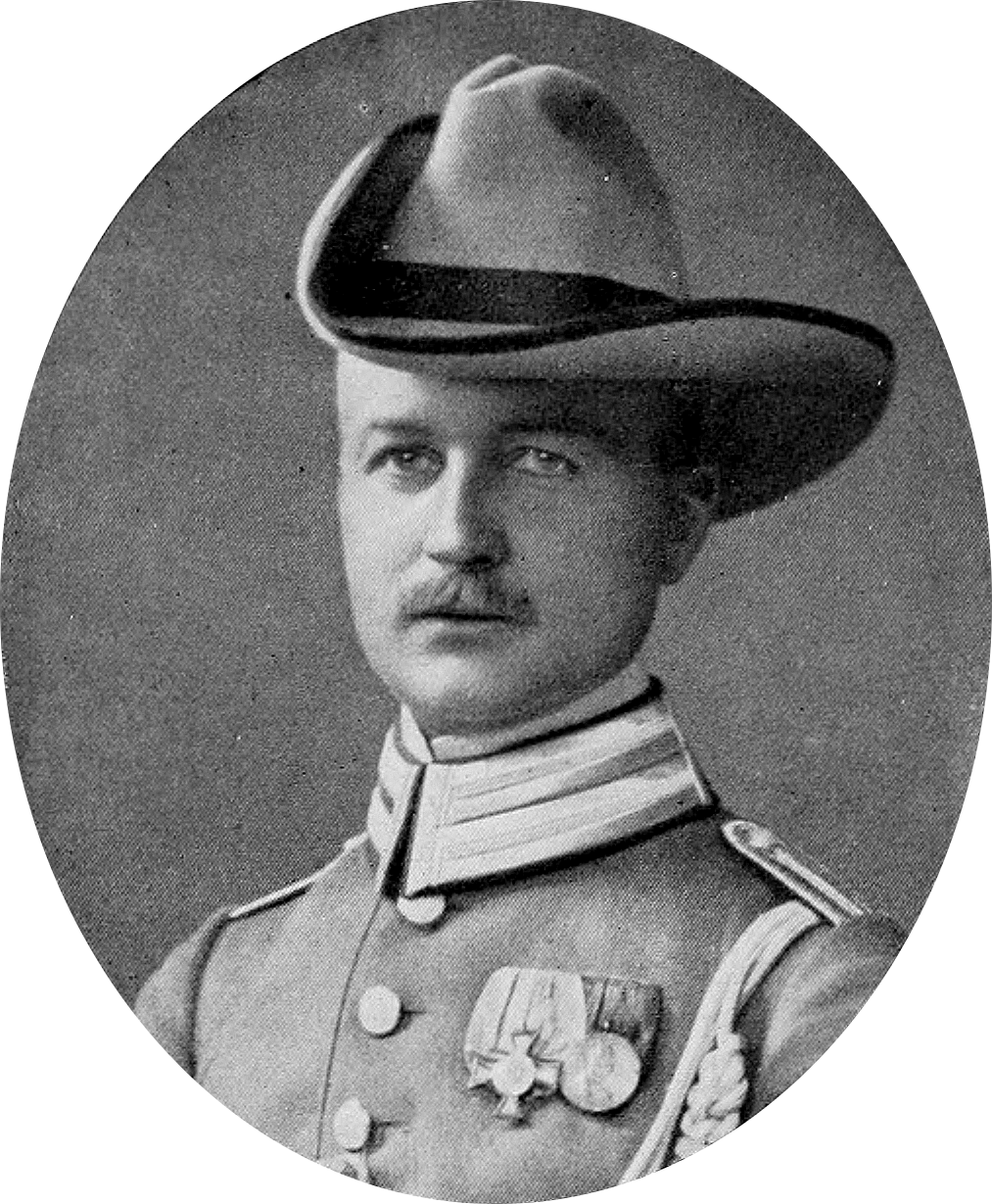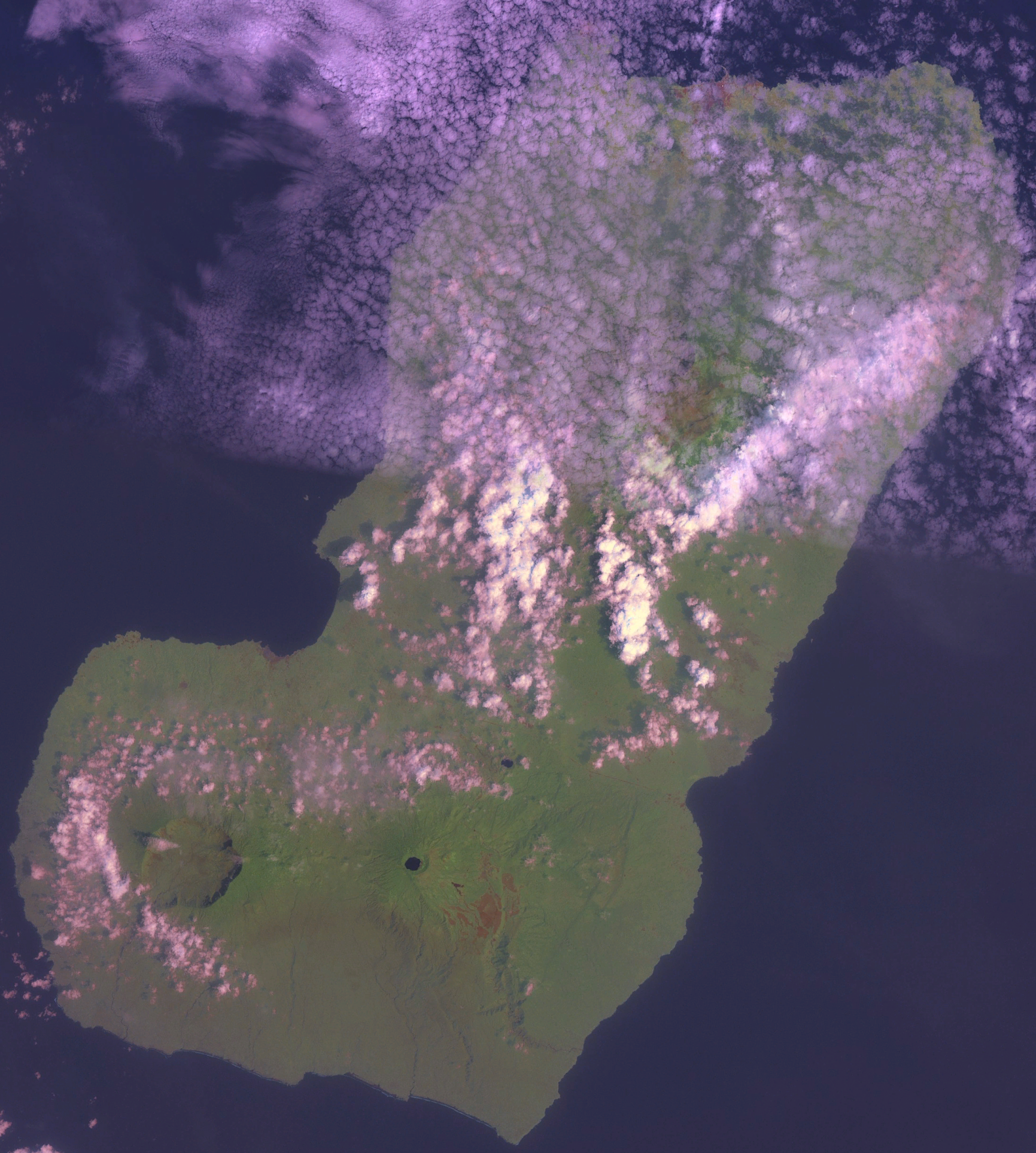|
Euphaedra Vulnerata
''Euphaedra vulnerata'' is a butterfly in the family Nymphalidae. It is found in Cameroon and Equatorial Guinea Equatorial Guinea ( es, Guinea Ecuatorial; french: Guinée équatoriale; pt, Guiné Equatorial), officially the Republic of Equatorial Guinea ( es, link=no, República de Guinea Ecuatorial, french: link=no, République de Guinée équatoria ... ( Bioko). References Butterflies described in 1916 vulnerata Butterflies of Africa Taxa named by Arnold Schultze {{Limenitidinae-stub ... [...More Info...] [...Related Items...] OR: [Wikipedia] [Google] [Baidu] |
Arnold Schultze
Arnold Schultze (24 March 1875 – 22 August 1948) was a German officer, geographer, and entomologist who specialised in Lepidoptera. His 1916 collections of African Rhopalocera (1916) are in the State Museum of Natural History Stuttgart. Later collections of Lepidoptera from Colombia (1920, 1926 and 1927), Ubangi, Congo (1929 and 1931), Cameroon and Lake Chad Lake Chad (french: Lac Tchad) is a historically large, shallow, endorheic lake in Central Africa, which has varied in size over the centuries. According to the ''Global Resource Information Database'' of the United Nations Environment Programme, ... (1932) and Ecuador (1935 and 1939) are in the Natural History Museum in Berlin. Publications Partial list *1920 Lepidoptera. 11. Teil. ''Ergebnisse. der Zweiten Deutschen Zentral Afrika Expedition''. 2910-11. Vol. 1, Part 14, pp. 639–837 *1929. Die ersten Stände von drei kolumbianischen hochandinen Satyriden. ''Deutsche Entomologische Zeitschrift'' Iris, 43: 1 ... [...More Info...] [...Related Items...] OR: [Wikipedia] [Google] [Baidu] |
Butterfly
Butterflies are insects in the macrolepidopteran clade Rhopalocera from the Order (biology), order Lepidoptera, which also includes moths. Adult butterflies have large, often brightly coloured wings, and conspicuous, fluttering flight. The group comprises the large superfamily (zoology), superfamily Papilionoidea, which contains at least one former group, the skippers (formerly the superfamily "Hesperioidea"), and the most recent analyses suggest it also contains the moth-butterflies (formerly the superfamily "Hedyloidea"). Butterfly fossils date to the Paleocene, about 56 million years ago. Butterflies have a four-stage life cycle, as like most insects they undergo Holometabolism, complete metamorphosis. Winged adults lay eggs on the food plant on which their larvae, known as caterpillars, will feed. The caterpillars grow, sometimes very rapidly, and when fully developed, pupate in a chrysalis. When metamorphosis is complete, the pupal skin splits, the adult insect climbs o ... [...More Info...] [...Related Items...] OR: [Wikipedia] [Google] [Baidu] |
Nymphalidae
The Nymphalidae are the largest family of butterflies, with more than 6,000 species distributed throughout most of the world. Belonging to the superfamily Papilionoidea, they are usually medium-sized to large butterflies. Most species have a reduced pair of forelegs and many hold their colourful wings flat when resting. They are also called brush-footed butterflies or four-footed butterflies, because they are known to stand on only four legs while the other two are curled up; in some species, these forelegs have a brush-like set of hairs, which gives this family its other common name. Many species are brightly coloured and include popular species such as the emperors, monarch butterfly, admirals, tortoiseshells, and fritillaries. However, the under wings are, in contrast, often dull and in some species look remarkably like dead leaves, or are much paler, producing a cryptic effect that helps the butterflies blend into their surroundings. Nomenclature Rafinesque introduced ... [...More Info...] [...Related Items...] OR: [Wikipedia] [Google] [Baidu] |
Cameroon
Cameroon (; french: Cameroun, ff, Kamerun), officially the Republic of Cameroon (french: République du Cameroun, links=no), is a country in west-central Africa. It is bordered by Nigeria to the west and north; Chad to the northeast; the Central African Republic to the east; and Equatorial Guinea, Gabon and the Republic of the Congo to the south. Its coastline lies on the Bight of Biafra, part of the Gulf of Guinea and the Atlantic Ocean. Due to its strategic position at the crossroads between West Africa and Central Africa, it has been categorized as being in both camps. Its nearly 27 million people speak 250 native languages. Early inhabitants of the territory included the Sao civilisation around Lake Chad, and the Baka hunter-gatherers in the southeastern rainforest. Portuguese explorers reached the coast in the 15th century and named the area ''Rio dos Camarões'' (''Shrimp River''), which became ''Cameroon'' in English. Fulani soldiers founded the Adamawa Emirate ... [...More Info...] [...Related Items...] OR: [Wikipedia] [Google] [Baidu] |
Equatorial Guinea
Equatorial Guinea ( es, Guinea Ecuatorial; french: Guinée équatoriale; pt, Guiné Equatorial), officially the Republic of Equatorial Guinea ( es, link=no, República de Guinea Ecuatorial, french: link=no, République de Guinée équatoriale, pt, link=no, República da Guiné Equatorial), *french: link=no, République de Guinée équatoriale * pt, link=no, República da Guiné Equatorial is a country on the west coast of Central Africa, with an area of . Formerly the colony of Spanish Guinea, its post-independence name evokes its location near both the Equator and the Gulf of Guinea. , the country had a population of 1,468,777. Equatorial Guinea consists of two parts, an insular and a mainland region. The insular region consists of the islands of Bioko (formerly ''Fernando Pó'') in the Gulf of Guinea and Annobón, a small volcanic island which is the only part of the country south of the equator. Bioko Island is the northernmost part of Equatorial Guinea and is the ... [...More Info...] [...Related Items...] OR: [Wikipedia] [Google] [Baidu] |
Bioko
Bioko (; historically Fernando Po; bvb, Ëtulá Ëria) is an island off the west coast of Africa and the northernmost part of Equatorial Guinea. Its population was 335,048 at the 2015 census and it covers an area of . The island is located off the Ambazonian segment of Cameroon, in the Bight of Biafra portion of the Gulf of Guinea. Its geology is volcanic; its highest peak is Pico Basile at . Malabo, on the north coast of the island, is the capital city of Equatorial Guinea. Etymology Bioko's native name is ''Ëtulá Ëria'' in the Bube language. For nearly 500 years, the island was known as ''Fernando Po'' ( pt, Fernando Pó, links=no; es, Fernando Poo, links=no), named for Portuguese navigator Fernão do Pó. Between 1973 and 1979 the island was named ''Macías Nguema Biyogo'' after the then president of Equatorial Guinea; the current name, Bioko, dates from 1979 and is in honour of politician Cristino Seriche Bioko. Geography Bioko has a total area of . It is long ... [...More Info...] [...Related Items...] OR: [Wikipedia] [Google] [Baidu] |
Butterflies Described In 1916
Butterflies are insects in the macrolepidopteran clade Rhopalocera from the order Lepidoptera, which also includes moths. Adult butterflies have large, often brightly coloured wings, and conspicuous, fluttering flight. The group comprises the large superfamily Papilionoidea, which contains at least one former group, the skippers (formerly the superfamily "Hesperioidea"), and the most recent analyses suggest it also contains the moth-butterflies (formerly the superfamily "Hedyloidea"). Butterfly fossils date to the Paleocene, about 56 million years ago. Butterflies have a four-stage life cycle, as like most insects they undergo complete metamorphosis. Winged adults lay eggs on the food plant on which their larvae, known as caterpillars, will feed. The caterpillars grow, sometimes very rapidly, and when fully developed, pupate in a chrysalis. When metamorphosis is complete, the pupal skin splits, the adult insect climbs out, and after its wings have expanded and dried, ... [...More Info...] [...Related Items...] OR: [Wikipedia] [Google] [Baidu] |
Euphaedra
''Euphaedra'' is a butterfly genus in the subfamily Limenitidinae. The species are confined to the Afrotropical realm mainly in the Guinean Forests of West Africa and the Congolian forests. Description ''Euphaedra'' are large and showy butterflies. They share a common wing shape. On the basal areas of the upperside of the wings (especially the hindwings) are large suffused patches of metallic green, blue, orange or red. Most species also have a cream or orange subapical bar. The undersides are various shades of yellow or green and marked with black streaks and spots. Many species also have pink patches or streaks on the undersides of the hindwings. The larvae are green, with yellow and pink markings and bear long and branched lateral spines. Biology Green species or forms are found in rain forest, yellow species or forms typically occur in drier and often more patchy forests. This is a camouflage adaptation to particular forest light patterns. The larvae of most species feed ... [...More Info...] [...Related Items...] OR: [Wikipedia] [Google] [Baidu] |
Butterflies Of Africa
Butterflies are insects in the macrolepidopteran clade Rhopalocera from the order Lepidoptera, which also includes moths. Adult butterflies have large, often brightly coloured wings, and conspicuous, fluttering flight. The group comprises the large superfamily Papilionoidea, which contains at least one former group, the skippers (formerly the superfamily "Hesperioidea"), and the most recent analyses suggest it also contains the moth-butterflies (formerly the superfamily "Hedyloidea"). Butterfly fossils date to the Paleocene, about 56 million years ago. Butterflies have a four-stage life cycle, as like most insects they undergo complete metamorphosis. Winged adults lay eggs on the food plant on which their larvae, known as caterpillars, will feed. The caterpillars grow, sometimes very rapidly, and when fully developed, pupate in a chrysalis. When metamorphosis is complete, the pupal skin splits, the adult insect climbs out, and after its wings have expanded and dried, ... [...More Info...] [...Related Items...] OR: [Wikipedia] [Google] [Baidu] |

_male_in_flight.jpg)
.jpg)
